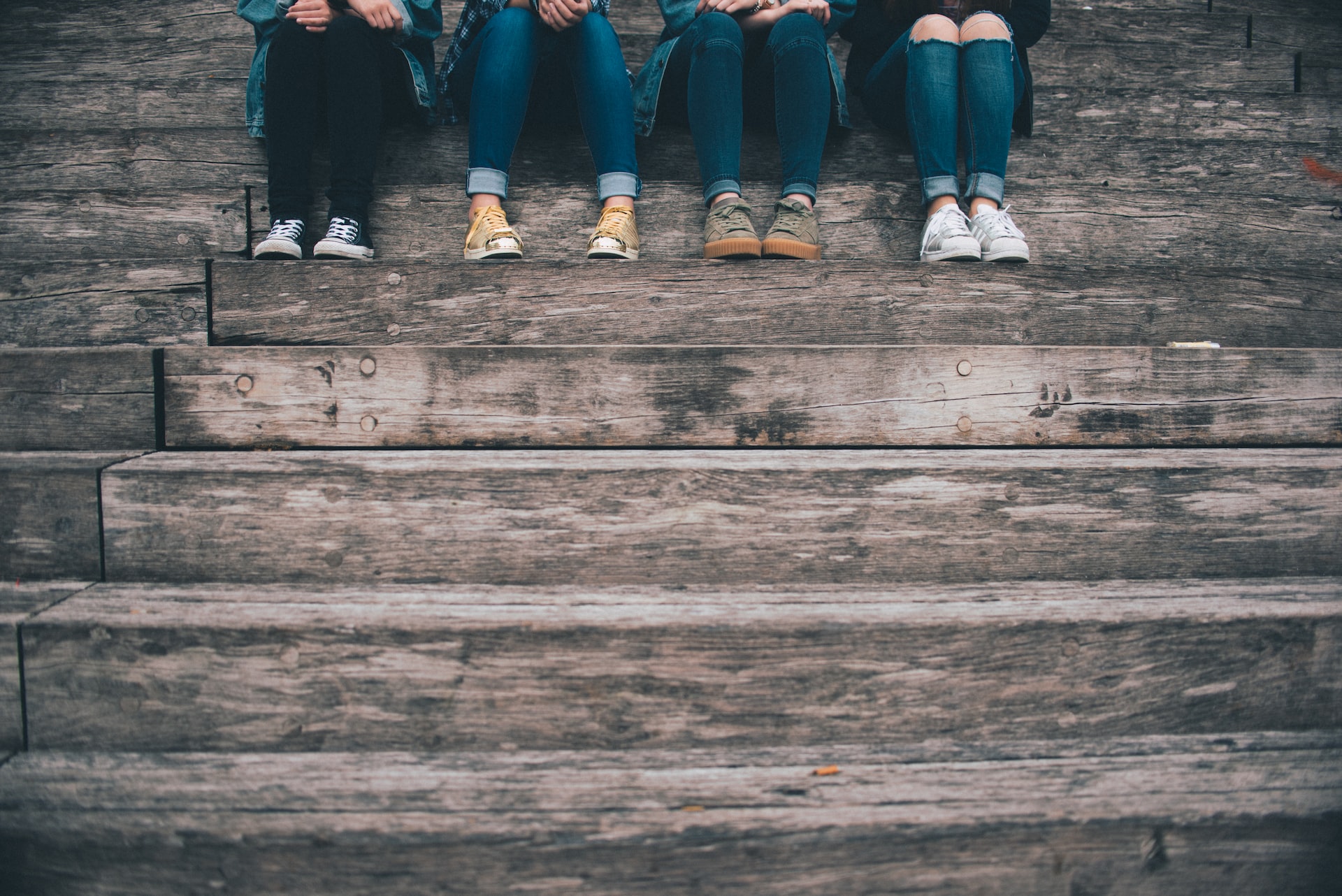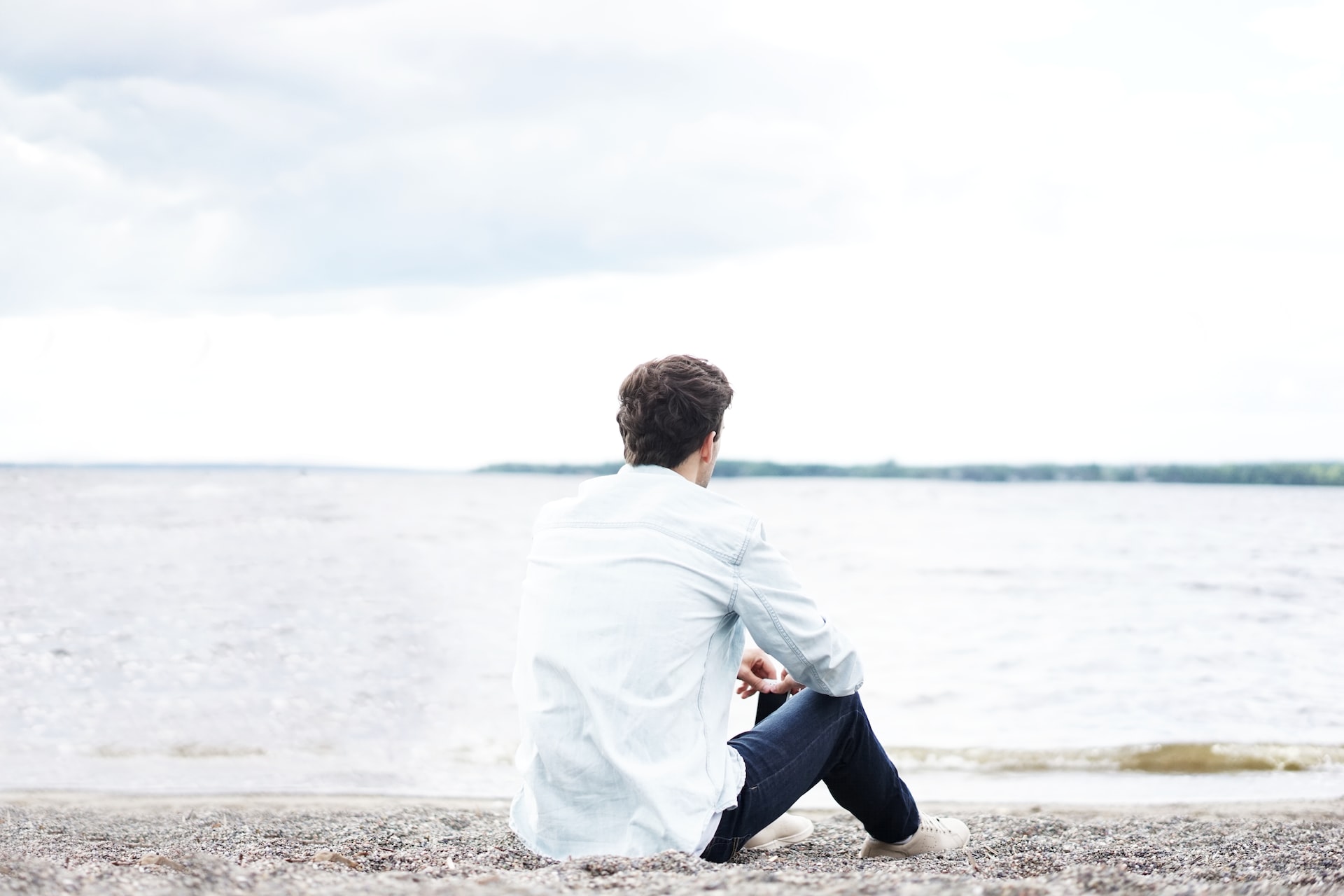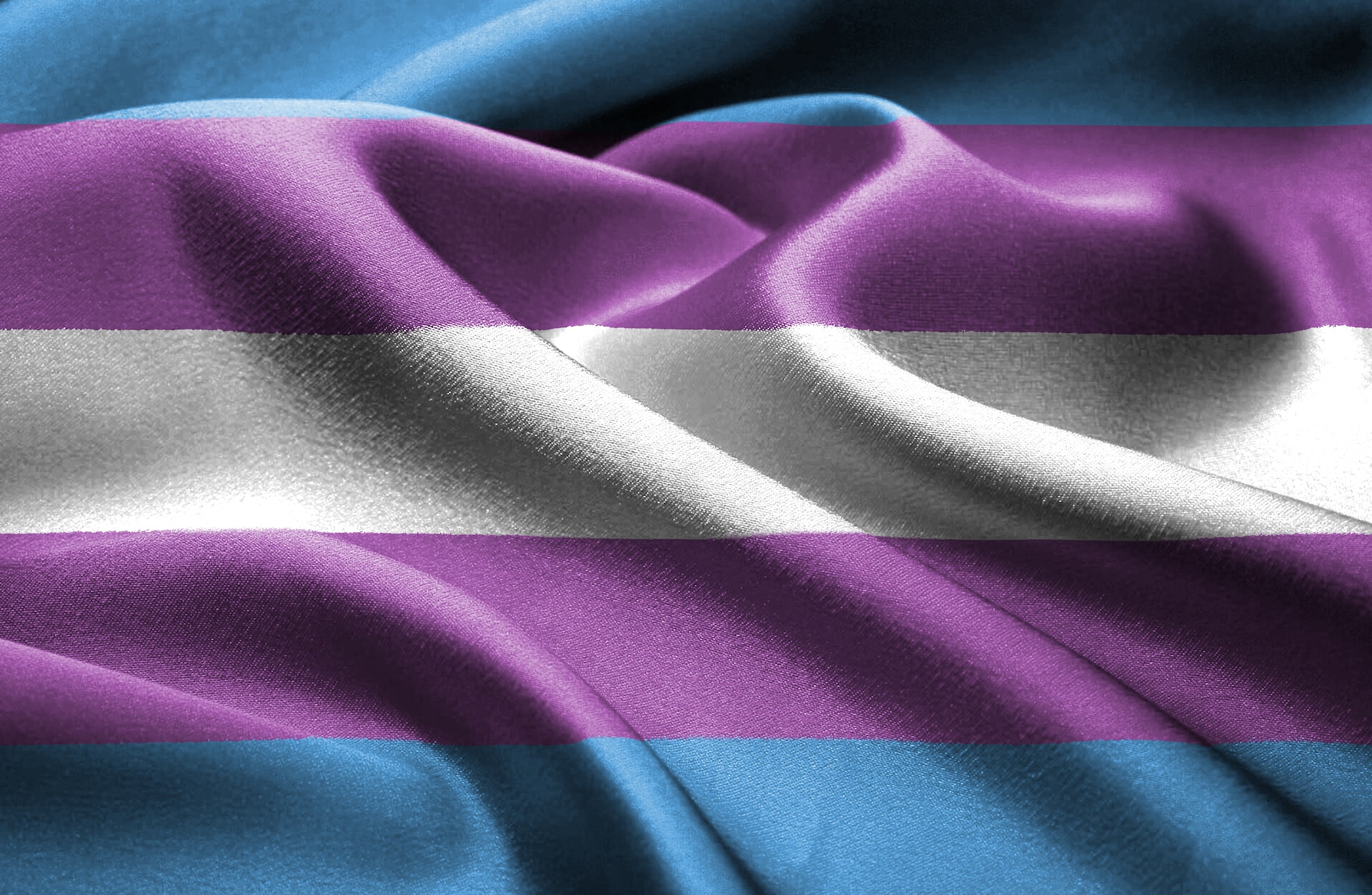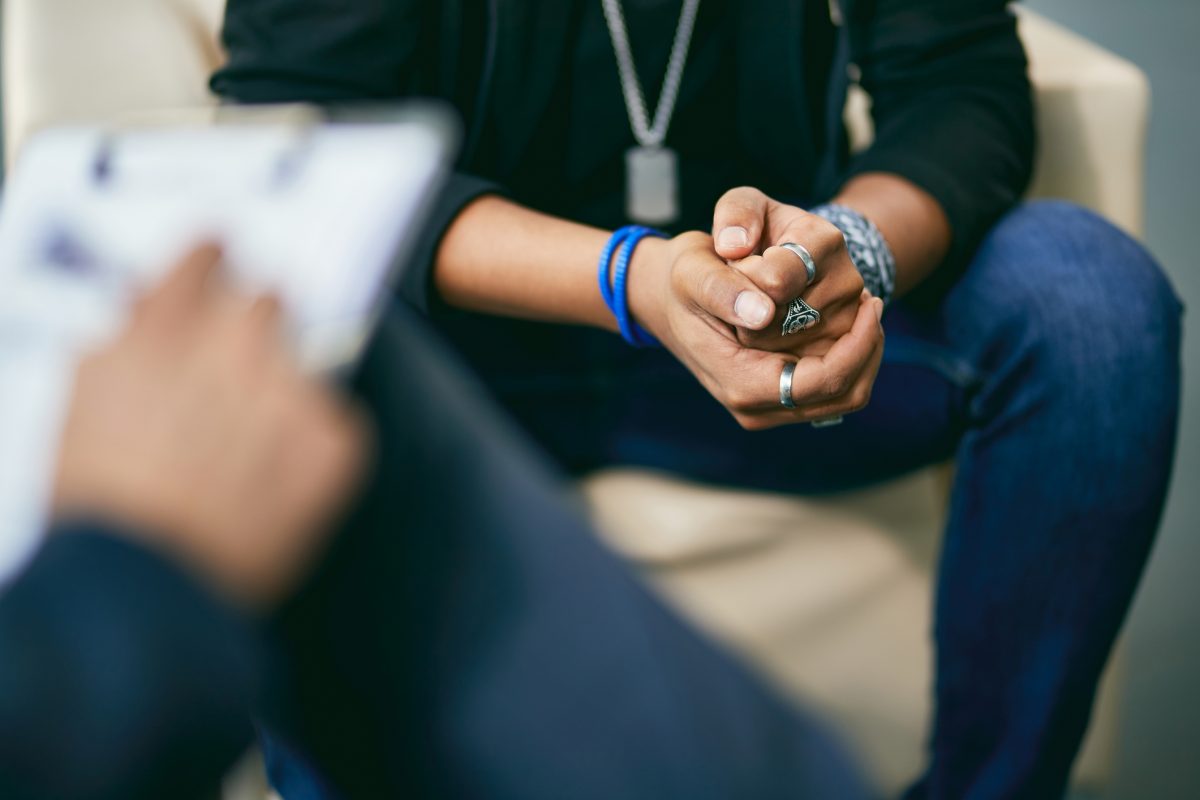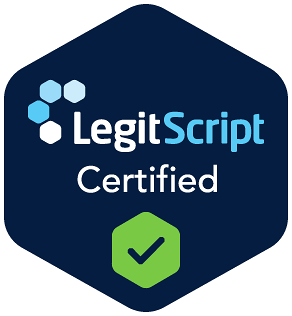National Teen Dating Violence Awareness Month 2023
By Ashley Barnes Why National Teen Dating Violence Awareness Month? February is National Teen Dating Violence Awareness Month, created to spread awareness about the prevalence of teen dating violence, to educate people about healthy relationships, and to provide support for teens who have survived dating violence. About teen dating violence. Teen dating violence is considered to be an adverse childhood experience, a potentially traumatic experience that occurs in childhood and adolescence (0-17). According to the Centers for Disease Control and Prevention (CDC), teen dating violence can occur in person, online, or through technology (2022). Intimate partner violence can include the following types of harmful behavior: physical violence (when a person tries to hurt their partner through use of hitting, punching, use of physical force, etc.), sexual violence (forcing or attempting to force a partner to engage in an unwanted sexual act without consent, also including sharing explicit pictures of …

